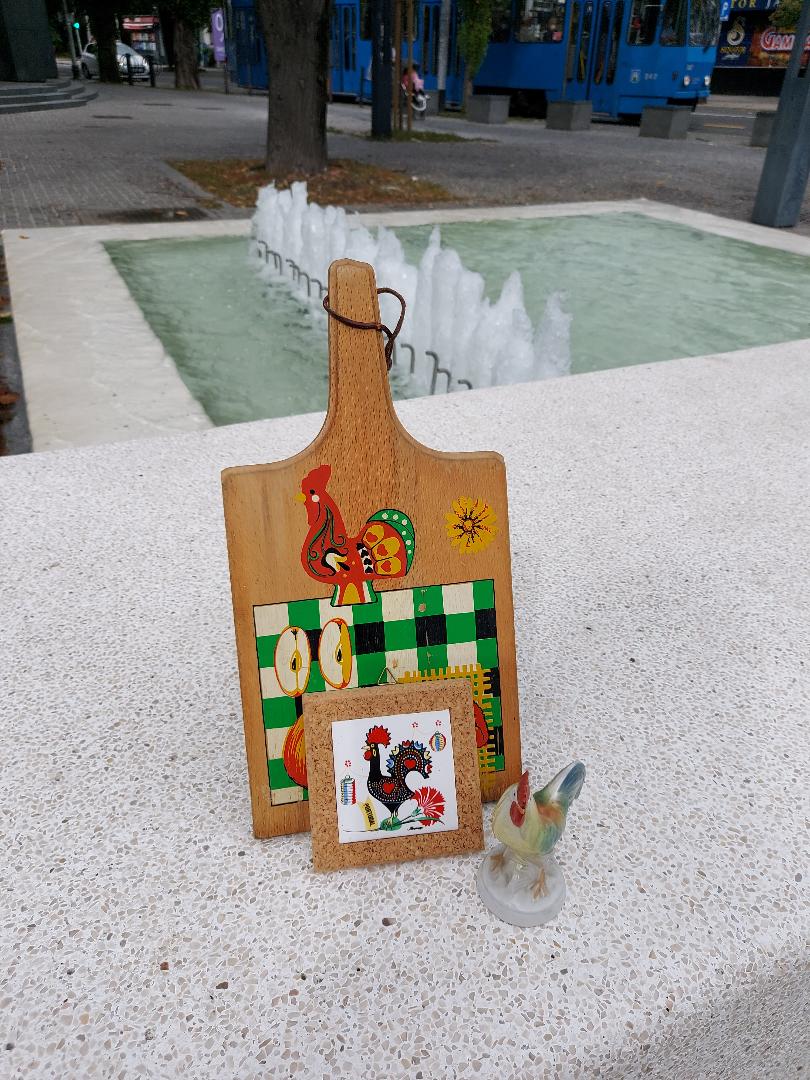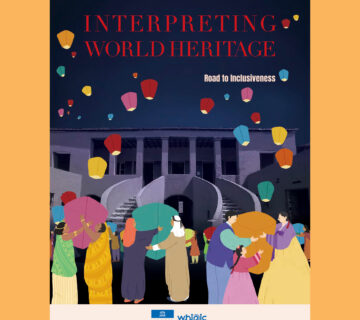How do our surroundings earn community value through interpretation? The Heritage Interpretation Workshop gave useful insights.
It was the end of September, and I had moved back to my hometown only a week prior. Covid-19 and office closures brought me back home from abroad and I was dying to be a part of the community again. My new neighbourhood, named after cherry orchards that used to grow there, has an interesting community which has been collecting stories, photographs, and gathering historic data on how the neighbourhood grew and formed its identity. My first weekend was definitely marked by an event organised by this community – a Jane’s walk through Tratinska Street, with workshops, exhibitions, stories being shared, concerts, and much more.
One of the workshops was The Heritage Interpretation Workshop, led by Ivana Zrilić. We gathered at Cibona Tower, next to the statue of the late basketball player, Dražen Petrović. Participants had to bring three objects with them – the one they hold most dear, one that was the eldest, and one which travelled the farthest. All of the participants were emotionally tied to the object which objectively would not be of high value, but each item reminded them of a period or a person in their lives. We gave meanings and a new purpose to the objects, interpreted them differently than someone else could have. We have shared stories tied to the objects and the neighbourhood, while our guide slowly shifted focus on how we as people each interpret places, objects, buildings, areas, and situations differently. This was a new way of seeing things that surround us, and their meanings and value.
The second part of the workshop entailed associations connected to the object we were shown, in our case, one of them was the statue of Dražen Petrović. The associations varied from person to person, while some of us saw Dražen as a symbol of sports and success, others associated him with his early passing. Lastly, we were to draw anything we could see in our surroundings, explain to a person we were paired with why we chose that particular object, and say a few words about it. It was interesting to see how people saw, or interpreted, the staircase of the Technical Museum across the street, the phone booth, rubbish bin, etc. Interesting descriptions arose, from the modern rubbish bin representing our attitude towards nature, to a staircase drawing back to the once glorious days of Zagreb’s Fair and its importance in the region.
The workshop ended and we left with a new way of seeing the place we live in, and people we live among. The different media used to interactively interpret have shown us another way to look at heritage and brought us new knowledge.
Petra Mikolić is an M.Phil in Nordic Viking and Medieval Scandinavia. In her work she has tackled the notions and the difference between the history and the past through language and its historical sources, by the use of modern, cognitive linguistics approach.
To cite this article:
Mikolić, Petra (2020) ‘The value and interpretation of personal objects’. In Interpret Europe Newsletter 4-2020, 26.
Available online: https://www.interpret-europe.net/fileadmin/Documents/publications/Newsletters/IE_newsletter_2020_4_winter.pdf




